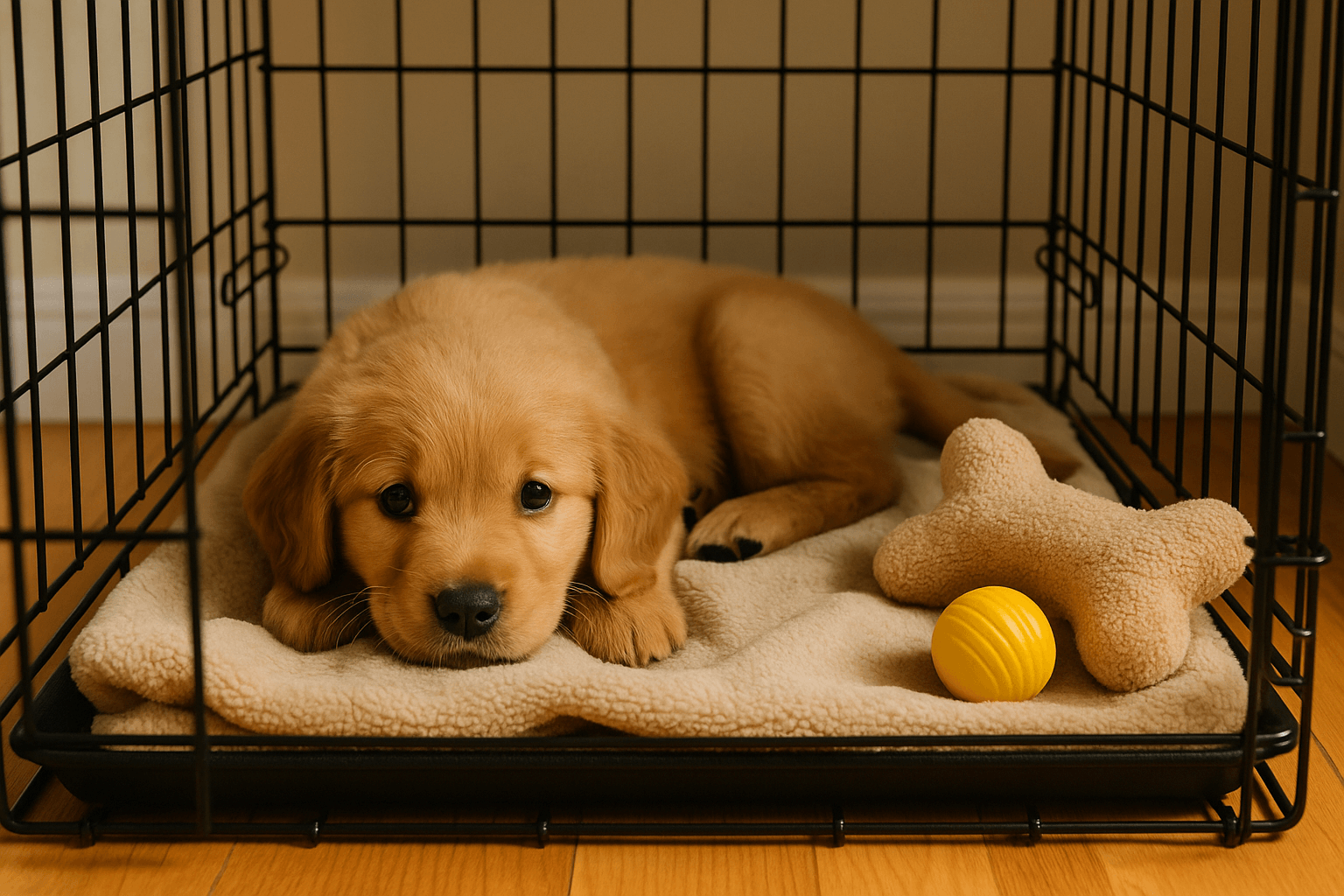House Training a Puppy: The Do’s and Don’ts
House training a puppy is one of the most important milestones for new dog owners. Teaching your pup where and when to go to the bathroom sets the foundation for a clean home and a well-mannered dog. With the right techniques, house training can be a smooth and rewarding process.
The Do’s of House Training a Puppy
Set a Consistent Routine
Take your puppy outside at the same times each day—first thing in the morning, after meals, after naps, and before bedtime. Puppies thrive on structure and consistency.
Take Frequent Potty Breaks
Young puppies need to relieve themselves every 2–3 hours. Be especially attentive after eating, drinking, playing, or waking up.
Use a Designated Potty Spot
Bring your puppy to the same outdoor area each time. The familiar scent helps them learn where they’re supposed to go.
Reward Immediately After Pottying
Praise your puppy or offer a small treat right after they finish going outside. Timing matters—rewarding too late can confuse the message.
Supervise and Confine When Necessary
If you can’t watch your puppy closely, use a crate or playpen to prevent accidents. Dogs naturally avoid soiling their sleeping areas, making confinement a useful training tool.
Watch for Signs They Need to Go
Sniffing, circling, whining, or sudden stillness often means your puppy needs a bathroom break. Respond quickly to avoid accidents.
Tip: A puppy can usually hold their bladder for about one hour per month of age. A three-month-old pup may need a break every 3 hours.
The Don’ts of House Training a Puppy
Don’t Punish Accidents
Punishing your puppy for accidents can create fear and anxiety. Instead, clean up with an enzymatic cleaner to eliminate odors that might encourage repeat incidents.
Don’t Wait Too Long Between Breaks
Puppies can’t hold it for long. Set a timer if needed to ensure you’re offering enough opportunities.
Don’t Allow Too Much Freedom Too Soon
Free-roaming too early often leads to more accidents. Gradually expand their allowed space as they prove trustworthy.
Don’t Skip Post-Meal Potty Trips
Always take your puppy out 15–30 minutes after meals or water breaks. These are common trigger times for bathroom needs.
Don’t Get Frustrated
Patience is key. House training isn’t perfect, and accidents will happen. Stay focused on rewarding good behavior rather than punishing mistakes.
Tip: If accidents are happening often, revisit your schedule. You may need to take them out more frequently.
Common House Training Challenges & Solutions
Problem: My puppy keeps having accidents indoors.
Solution: Increase outdoor trips, supervise more closely, and confine them when you can’t watch.
Problem: My puppy pees inside right after coming in.
Solution: Stay outside longer. Don’t rush your puppy back indoors immediately after they go—it may make them hesitant to go outside.
Problem: My puppy soils the crate.
Solution: Make sure the crate isn’t too large. Use a divider and take your puppy out more often.
Problem: My puppy is afraid to go outside.
Solution: Use treats, speak gently, and remove distractions. Avoid overwhelming environments during potty trips.
Final Tips for Success
- Stick to a predictable schedule for meals and potty breaks.
- Use positive reinforcement consistently.
- Be patient—accidents are part of the learning process.
- If your puppy still struggles with house training beyond 6 months, consult your veterinarian to rule out medical issues.
With consistency, encouragement, and the right timing, your puppy will soon be house trained and confident in their routine.
